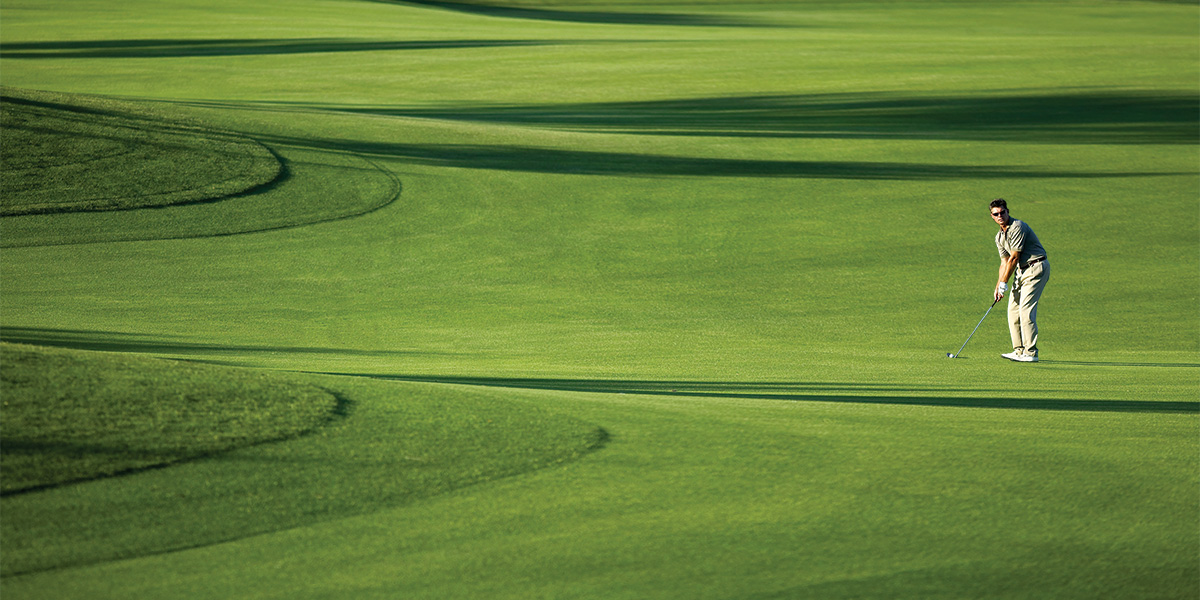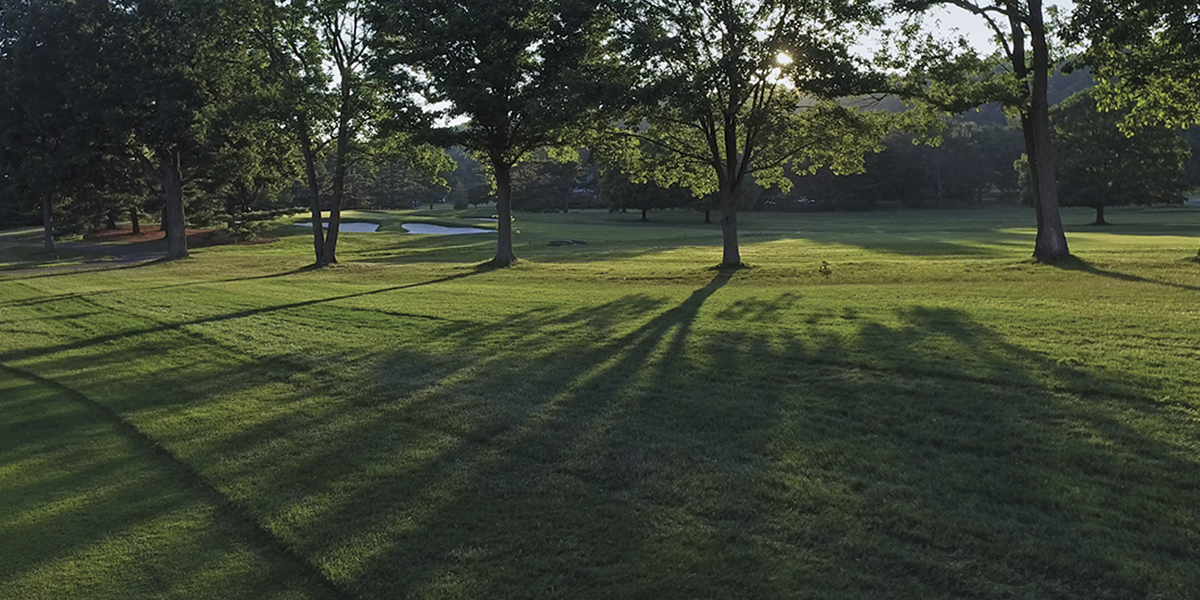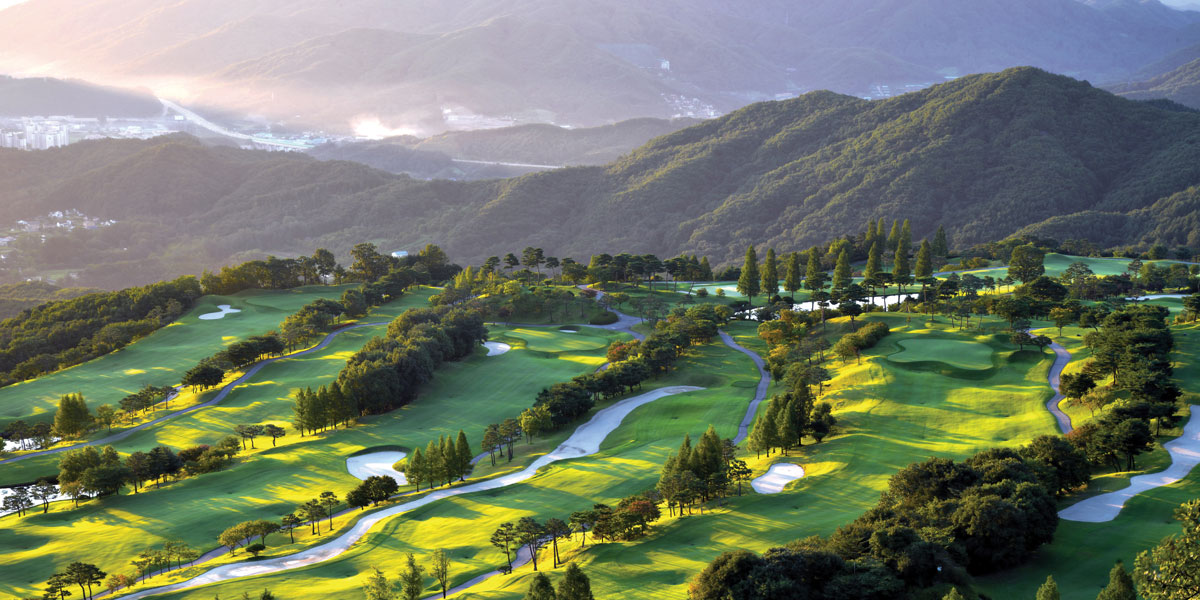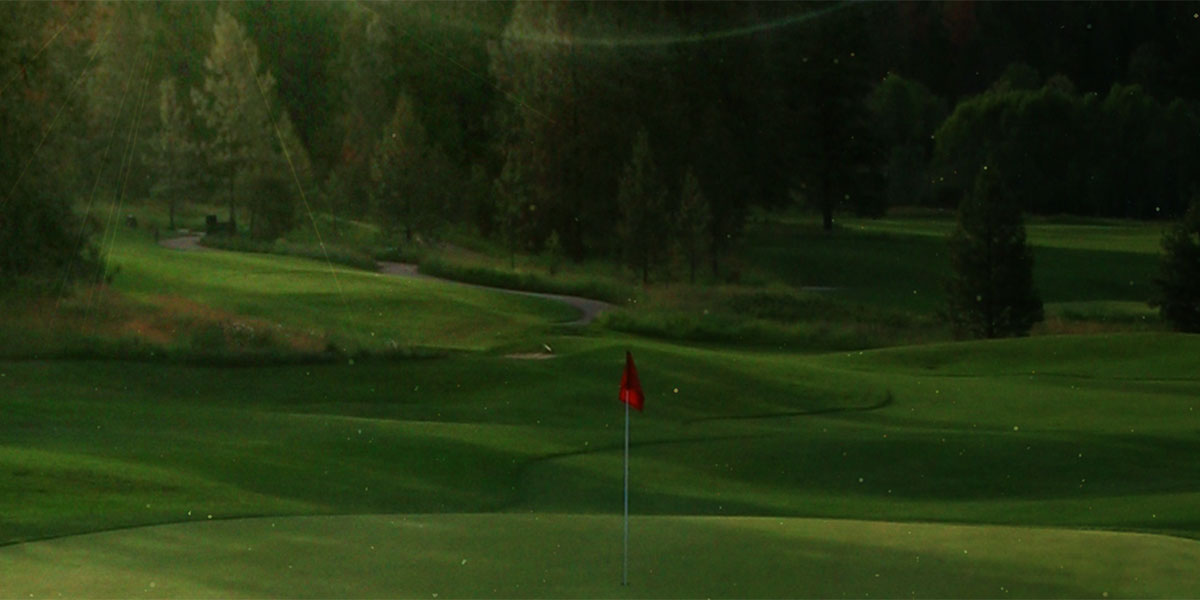Strong start … as expected
A fungicide waiting in reserve for nearly a decade is quickly finding a fit in programs designed to elevate playing conditions on fairways.
By Guy Cipriano

The confidence surrounding Encartis® fungicide stems from longevity. Although the solution didn’t become available to golf course superintendents until last fall, the BASF team involved with the research and development of Encartis fungicide understood for almost a decade the possibilities of the formulation waiting in reserve.
Encartis fungicide features a pair of active ingredients, including boscalid, the active ingredient in BASF staple Emerald® fungicide. The reliability of the other active ingredient, chlorothalonil, required little explanation. Nearly everybody reading this article has experience using chlorothalonil to control disease.
“When I look at some of the other products that we brought to the market, we didn’t have to use quite as much energy for this, because there are two proven products in it that we have been using: Emerald and chlorothalonil,” BASF senior technical representative, Kyle Miller, says. “Plus, we had Encartis already poised eight years ago to bring to the market. We’re really pleased with superintendents now thinking, ‘You know what? There’s really a nice fit for Encartis in my spray program.’”
That fit resides where Miller and his BASF teammates envisioned. Encartis is becoming a reliable fungicide in helping control dollar spot on fairways. Unlike some other fungicides, no geographic or turfgrass barriers exist with Encartis. Courses from Newport, Rhode Island, to Newport Beach, California, can potentially benefit from integrating Encartis into their disease control programs.
“This is a product we use all over the country,” Miller says. “We have had it in university trials from the West Coast to the middle part of the U.S., to the Northeast, to the Mid-Atlantic, to the South, to the desert Southwest. You name it, we have had it everywhere. That’s how we get a real good feel for how the product is going to perform regardless of what part of the country you’re in. There’s a nice fit for it everywhere, so we wanted to test it everywhere.”
The first full year of availability is further boosting confidence in Encartis fungicide. From drought in parts of the Northeast, Mid-Atlantic, Great Plains and West Coast to soggy stretches in the Midwest and Southeast, the summer of 2022 allowed the BASF team to observe the fungicide in myriad conditions.
“Every year is a little different,” Miller says. “Somewhere in the country, it’s a really tough year. Because this product is nationwide, we have been in those places, whether it’s places that haven’t had enough moisture, or places that have had too much moisture, or places where it has been really, really hot. We have seen it used across the board. Once again, it has been stellar. It has performed super in all sorts of weather conditions.”
As expected, superintendents are using Encartis fungicide as an early and late-season spray in dollar spot tussles, especially on cool-season turf. But superintendents are beginning to find other uses for the fungicide. In the Southeast, for example, Miller says Encartis fungicide is being applied on seashore paspalum and Bermudagrass fairways late into the growing and tropical storm seasons. Encartis fungicide can also be used on greens, collars, approaches, and tees. But BASF remains steadfast about positioning Encartis fungicide as a fairway-focused solution.
“It definitely fits best as a fairway application,” Miller says. “You have two AIs in there that do a nice job on some of the issues that we have in fairways. It’s priced for fairways. It’s an economical way to control dollar spot and several other diseases. Have we seen it used on greens, tees and greens surrounds? Heck yeah. But I would still say this product has been very popular as a fairway spray.
“It’s simply because so many superintendents were using Emerald and they were adding chlorothalonil, because the time of year they were using Emerald they were also having leaf spot in those areas. They were tank mixing the two. We have made it easy for them. Now they have this built-in pre-mix that controls a lot of those problems that they have early in the year.”
BASF recommends a trio of usage rates for Encartis fungicide:
- 3 ounces per 1,000 square feet for up to 14 to 21 days control
- 3½ ounces per 1,000 square feet for up to 21 to 28 days control
- 4 ounces per 1,000 square feet for up to 28 days control.
“Do you remember Ron Popeil?” Miller says, referring to an infomercial and marketing personality. “One of his favorite sayings was, ‘Set it and forget it.’ I feel like Encartis is like set it and forget it.”.”
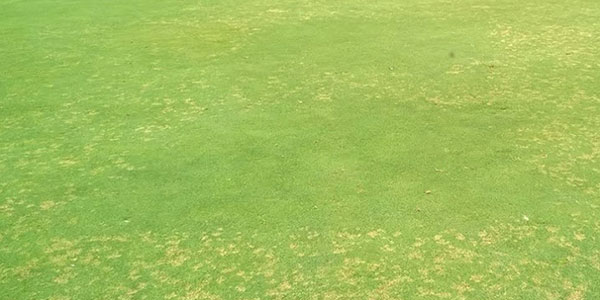
Dollar spot can wreak havoc on bentgrass during much of the year. Encartis fungicide has exceeded expectations for providing exceptional control.
More will be learned about Encartis fungicide over subsequent years. The fungicide’s presence complements a portfolio that includes SDHIs such as Emerald and Xzemplar® and the DMI Maxtima®. “It fills up the toolbox for us,” Miller says. From the innovation reserves to the active toolbox. Encartis fungicide represents a carefully crafted solution worth the wait.
“I have been to a lot of field days this year and I have seen Encartis be ‘Steady Eddy.’ It has delivered what we said it was going to deliver,” Miller says. “One of our sales reps came up with something … and it makes a lot of sense. He said, ‘What we put into the jug is science. What you do with it once you take the lid off is art.’ There’s a lot of truth to that. A superintendent, regardless of what product it is — in this case it’s Encartis — fine tunes a product for their golf course. We know we are bringing great science and a product that can perform at a high level. But you need to tweak it so you get the most that you can out of that product.”
A few others
Dollar spot isn’t the only disease Encartis fungicide can help control. Here’s what BASF senior technical representative Kyle Miller has observed when assessing performance against other common diseases.
Brown patch and anthracnose
“The chlorothalonil component is doing most of that work. It’s a 14-day product, so it’s not like one of these long-lasting products. If you use it like the label says, you’re going to get what you want it to deliver. It’s very good on brown patch, and anthracnose is another one that chlorothalonil picks up on and does well on. It’s not as long lasting as some other products like a Maxtima on anthracnose, where we can get up to 28 days. But that’s OK.”
Leaf spot
“Down South, they really like it for leaf spot. Up North, in the spring, when the turf is coming out of ‘semi dormancy,’ leaf spot is pretty much the first disease that we encounter in that cool, wet weather. It has done a great job on that. We have been pleased across the board with what it’s doing against these key diseases.”
Always read and follow label directions. Emerald, Encartis, Maxtima and Xzemplar are registered trademarks of BASF.

